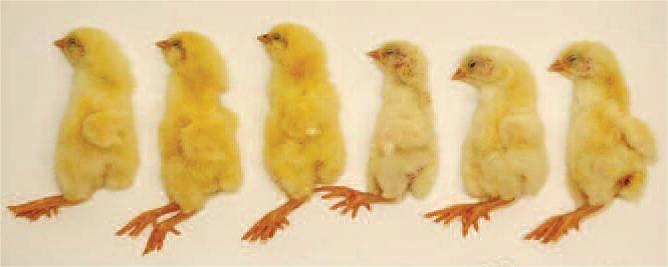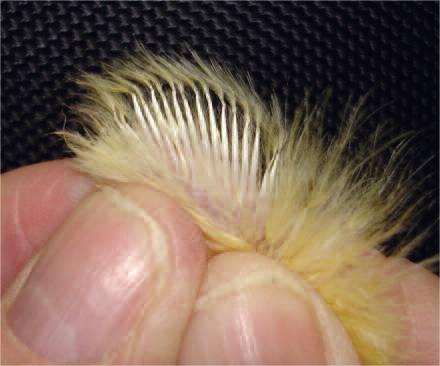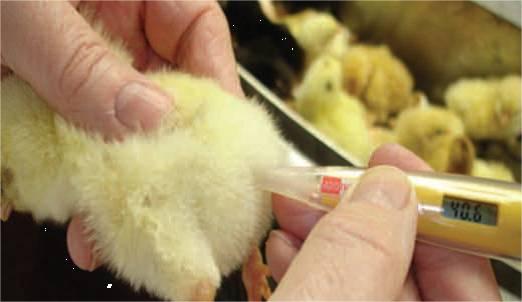At the time of hatching, chicks undergo a rigorous screening process to ensure they are healthy and capable of growing into good broiler or breeder chickens. However, these traditional chick grading systems sometimes cannot distinguish the damage caused by overheating to chicks.
Overheated chicks hatch too early, often have smaller individuals, weaker constitutions, and are more susceptible to infections and other health problems. To reasonably evaluate whether the chicks are overheated, check the following characteristics:
1. Color and robustness Chickens should be bright yellow. Overheated chicks have poor absorption of yolk sacs, resulting in a whiter color than normal chicks. Moreover, chicks should be lively and able to stand up immediately. If they are placed on the ground, they should stand up within a few seconds. 2. Egg yolk body mass index(YFBM) Overheated chicks are smaller in size, and their yolk is larger due to insufficient absorption. A more severe case of yolk absorption is poor healing of the navel. Some yolk should be left on the chick to provide nutritional needs in the first few hours. The remaining yolk should be quickly absorbed and disappear when the chick is transferred to feed and water. But if there is still a lot of yolk left, it indicates that the weight of the chick is smaller and the quality is weak. 3. Chick length/Tibial length Overheated chicks are smaller in size because they require protein as an energy source during hatching, rather than for muscle growth. Measuring the length of chicks and tibia is difficult to achieve objectivity and requires frequent practice. 4. Feather Good feather development means that the chicks are developing well during hatching. Chickens should quickly appear dry and have fluffy feathers after hatching. However, excessive wing feathers indicate early hatching (overheating) and prolonged time in the hatching basket. 5. disease control One result of embryo overheating is that chicks are prone to infection with Escherichia coli. Preventing contamination by Escherichia coli includes maintaining good hygiene of hatchable eggs and maintaining cleanliness in the hatchery. Contaminated hatching waste and fluff are the main sources of bacterial infection. When dealing with waste, it is also important to pay attention to hygiene. Reasonably cleaning the brood basket can also eliminate bacteria and avoid E. coli. 








